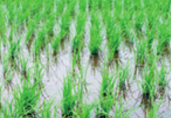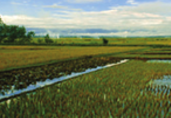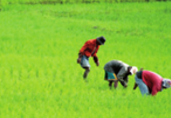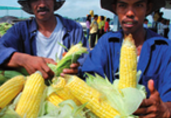Growing rice consumption in the Philippines has created a host of challenges and opportunities for stakeholders, as an ongoing lack of mechanisation and post-harvest inefficiencies have prevented the government from meeting its goal of achieving rice self-sufficiency. Although palay (unhusked rice) production has made steady gains in recent years, farmers continue to face high costs due to the lack of technological uptake. This has led to heavy importation, with the current administration recently awarding two high-value contracts to foreign firms for buffer stock supply. Mechanisation, most likely to be achieved through private sector investment, represents a promising means of increasing rice production in the future.
Philippines Agriculture
Displaying 7 - 12 of 13
In response to rising domestic demand and a fall in production due to last year’s extreme weather conditions, the Philippines has scaled back sugar exports this year, but longer-term prospects for overseas sales as well as expansion in the local market could drive growth in the sector.
Hefty government investment in agricultural infrastructure next year is set to bolster a national drive under way in the Philippines aimed at increasing productivity and improving food security.
The signing of a peace agreement between the Philippines government and separatist rebels on the island of Mindanao may result in significant social and economic benefits, including a much-needed boost to the agriculture sector, which has long lagged behind regional rivals.
Economic update | Philippines: Filling the rice bowl
14 Feb 2012
In the Philippines’ current plans for a major upgrade of the country’s agricultural sector, the most dramatic move is a determination to transform the country from being the world’s top rice importer to becoming a net rice exporter by 2014. This is undoubtedly a formidable task, as rice is the Philippines’ main food staple:
The Philippines is looking to encourage the development of organic farming, seen as a niche agriculture sector ripe with opportunity for the country. With the proper support, organic farming could work to boost high-value agricultural exports as well as incomes in the agriculture sector, which currently employs more than 30% of the nation’s labour force.
Page 2 of 3





